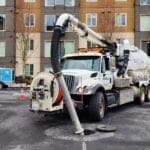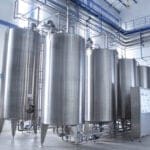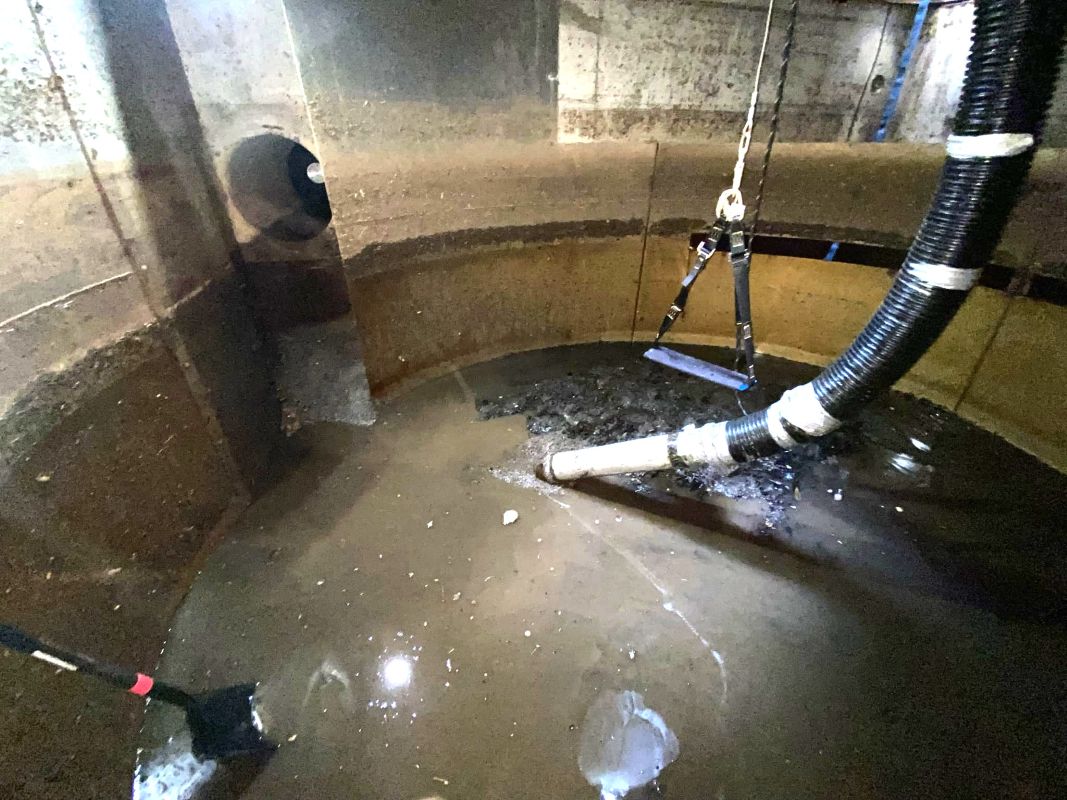What are Hydrodynamic Separators (HDS)?
Hydrodynamic separators (HDS) are stormwater management devices that use gravity and phase separation to remove sediment, oil and debris from runoff, ensuring cleaner and safer water. By leveraging the principles of fluid dynamics, HDS effectively capture pollutants and protect aquatic ecosystems. Stormwater runoff is a significant environmental challenge, carrying a range of pollutants that can harm our waterways. Hydrodynamic separators (HDS) have emerged as a versatile and efficient technology for effective stormwater treatment solutions. These innovative devices leverage the principles of fluid dynamics to remove a wide array of contaminants, playing a crucial role in safeguarding the health of our aquatic ecosystems from urban and suburban runoff.
Understanding Hydrodynamic Separators
What does a hydrodynamic separator do? Stormwater hydrodynamic separators (oil/grit separators (OGS) are specialized stormwater treatment systems designed to remove sediment, debris and other pollutants from runoff. These vertically oriented cylindrical or multi-chambered rectangular structures utilize a permanent pool of water to separate and capture high-density particulates, oil, grease and floating trash.
How Hydrodynamic Separators Work
What is a hydrodynamic structure? The primary mechanism behind the effectiveness of hydrodynamic separators is gravity separation. As stormwater enters the device, the flow path is designed to induce a swirling or vortex-like motion, which allows high-density particles to settle out and low-density pollutants, such as oil and debris, to float to the surface. Baffles, weirs and screens within the HDS unit help to direct the flow, attenuate water velocity and enhance the separation and capture of these pollutants.
Key Features and Benefits
One of the standout features of HDS is their ability to function as spill-capture devices. These systems can retain a substantial volume of oil or other floatable liquids, making them valuable in accidental spills or leaks. Additionally, HDS devices are typically equipped with internal bypass mechanisms, allowing them to handle high-flow events without resuspending previously captured pollutants. This process is called anti-scouring, and HDS devices must be designed so they do not scour what they have already captured. This can be handled in several different ways.
The primary advantages of hydrodynamic separators include:
- Effective removal of sand, grit and coarse sediment at relatively high surface loading rates
- Capture of floatable pollutants, such as oil, grease and debris
- Ability to contain and retain spilled hydrocarbons
- Relatively simple and low-cost maintenance is typically performed using a vacuum truck
- Compact, underground installation that minimizes the use of valuable land space
Types of Hydrodynamic Separators
Several types are available, each with a unique hydrodynamic separator design and capabilities. Some of the most common types include:
- Vault systems: Vault-style hydrodynamic separators are rectangular and incorporate baffles and weirs to control flow and retain solids, oil and debris.
- Swirl concentrators: Swirl concentrator HDS systems are cylindrical in design, directing the water in a circular motion to optimize the available volume and enhance pollutant removal.
- Inclined plate separators: Inclined plate hydrodynamic separators leverage internal plates to provide additional surface area for settling suspended solids, leveraging the principles of sedimentation.
- Hybrid systems: Some HDS designs combine multiple separation mechanisms, such as vortex action and inclined plates, to enhance pollutant removal performance.
Sizing and Selecting the Right Hydrodynamic Separators
Proper sizing and selecting a hydrodynamic separator are crucial for optimal performance and an acceptable maintenance interval. The sizing process typically involves two key steps:
- Determining the treatment requirements: The first step is clearly defining the project site’s specific pollutants and removal targets. This information helps you select the appropriate HDS technology and size.
- Calculating the design flow rate: The next step is to convert the available rainfall data into a design flow rate that the HDS must be able to handle while maintaining the desired treatment performance.
Hydrodynamic Separators in Stormwater Treatment Trains
HDS are often part of a comprehensive stormwater treatment train, where they serve as pretreatment devices before other best management practices (BMP services), such as filters, detention basins or infiltration systems. By removing coarse sediment and debris, HDS units can significantly extend maintenance intervals and improve the overall performance of downstream treatment measures.
For example, when used as pretreatment for a stormwater filtration system, the HDS captures larger particles that could otherwise clog the filter media, optimizing the system’s efficiency and reducing maintenance requirements. Similarly, HDS units can enhance the performance of infiltration systems by removing sediment that could clog the soil or other permeable surfaces.
Hydrodynamic Separator Manufacturers and Providers
Various manufacturers and providers serve the HDS market, offering unique product designs and capabilities. Some of the leading players in this space include:
- Contech Engineered Solutions: Offers a diverse portfolio of HDS technologies, including the Contech hydrodynamic separator, Cascade Separator, SciCloneX and Contech Vortsentry.
- Hydro International: Downstream Defender and other hydrodynamic vortex separator solutions are manufactured for vortex separation and stormwater treatment by Hydro.
- ADS hydrodynamic separators (Advanced Drainage Systems): HydroKleen and HydroSentry hydrodynamic separators manufacturer.
- Stormwater360: Offers a range of hydrodynamic vortex separators for stormwater and screening systems for improved water quality.
Cost of Hydrodynamic Separators
These manufacturers and others in the industry continue to innovate and develop new HDS technologies to meet the evolving needs of efficient stormwater management professionals. How much does a hydrodynamic separator cost? This can vary. The hydrodynamic separator cost varies between $2,500 and $75,000 depending on the needs and functionality. Large, custom-made units are priced accordingly.
Maintenance of HDS Systems
All hydrodynamic separator systems require maintenance, on a frequency based on the manufacturer’s recommendation and based on routine site inspections. It’s typically recommended that maintenance be performed every one to three years per HDS device.
All water, oil and sediment must be removed and taken to a licensed disposal facility during maintenance. The contents cannot be pumped into the environment In large HDS devices, confined space entry will be needed to clean the device thoroughly. All baffles, screens, inclined planes and setting chambers must also be cleaned during maintenance.
As stormwater regulations become more stringent and the need for efficient, land-saving treatment options grows, hydrodynamic separators are poised to play an increasingly pivotal role in safeguarding our waterways and promoting the long-term health of our environment.
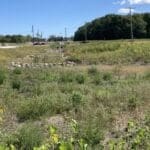 Kenosha, Wis. Highway KR Regenerative Stormwater ConveyanceThe Root-Pike Watershed Initiative Network Kenosha County, and others worked with AQUALIS to design and implement an innovative solution for stormwater control along Highway KR.
Kenosha, Wis. Highway KR Regenerative Stormwater ConveyanceThe Root-Pike Watershed Initiative Network Kenosha County, and others worked with AQUALIS to design and implement an innovative solution for stormwater control along Highway KR.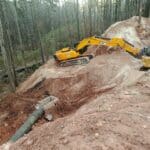 Durham, N.C. Sinkhole Leads to Stormwater System RehabilitationThe tenant on this property noticed a depression that opened to the ground below and notified the property owners.
Durham, N.C. Sinkhole Leads to Stormwater System RehabilitationThe tenant on this property noticed a depression that opened to the ground below and notified the property owners.